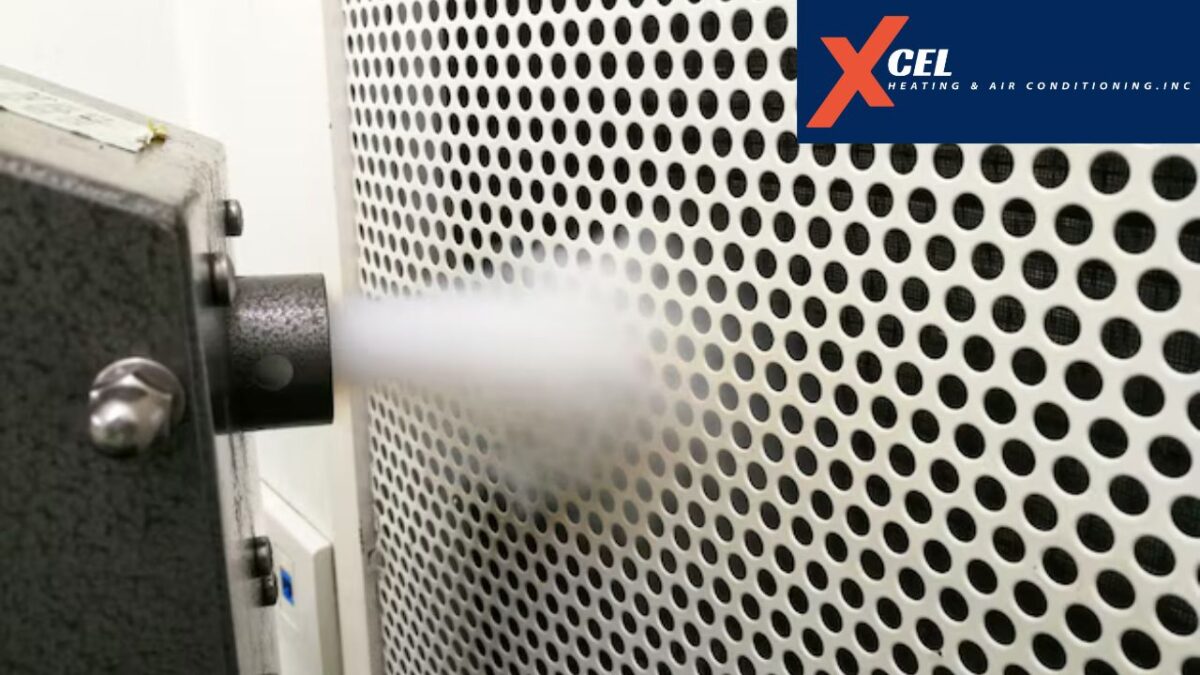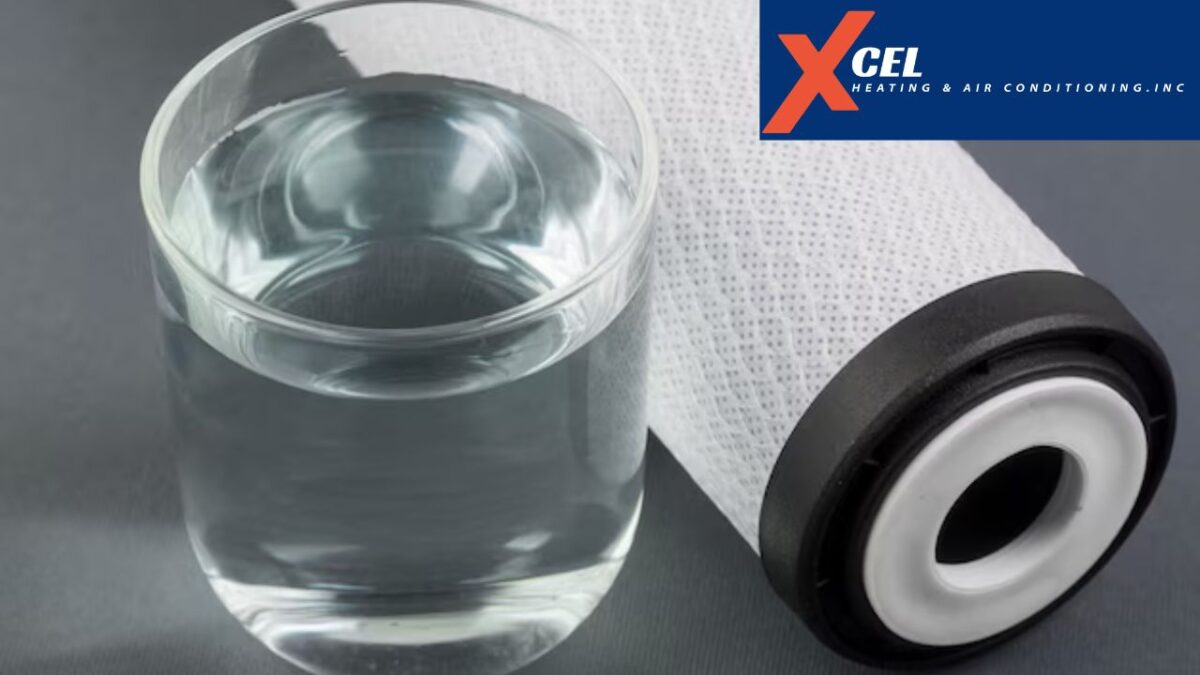HEPA Filter vs. Activated Carbon Filter: Which One is Best for Home Air Quality?
Maintaining indoor air quality is crucial, especially for those suffering from dust allergies or respiratory illnesses. No matter whether you’re a homeowner concerned about maintaining indoor air quality, a parent of children suffering from allergies or respiratory issues, a health-conscious individual, or an environmental freak looking to reduce their carbon footprint, choosing and installing the right air filter encourages a healthy environment. Numerous types of air filters are available on the market, so it might be confusing to choose which one is the right one for your home. HEPA filters and activated carbon filters are some of the most popular options that deliver satisfactory cleaning.
In this article, you’ll get a brief explanation of HEPA filter vs. activated carbon filter, their distinctive features, and exhibit comparisons that help you make informed decisions.
HEPA Filters: How They Work
HEPA filters are specifically designed to collect all sizes of air containments, including dust, pollen, and pet dander, and remove 99% of particles, even with the size of 0.3 microns. It works by pushing air through the fine mesh holes that capture all sorts of indoor air pollution, minimize its harmful impact on health, and release cleaner and fresher air to breathe.
HEPA filters are commonly installed in places where health concerns are paramount and maintaining indoor air quality is mandatory, such as homes that have pets, hospitals, clinical centers, healthcare consultation centers, and dust-prone areas. It works efficiently to remove allergens from the air, improve air quality, and promote healthy environments for allergy sufferers.
Real-Life Applications for HEPA Filters
You may have witnessed the existence of HEPA filters in vacuum cleaners, air purifiers, and HVAC systems. HEPA filters are commonly seen in hospitals because maintaining a sterile environment is crucial and they successfully remove airborne bacteria and viruses. In addition, for people who own pets and roam around the house freely, the HEPA filter helps you to keep the surroundings clean and remove pet hair that could trigger allergies.
Furthermore, HEPA filters are also used in industrial settings to keep indoor air quality maintained and comfortable for workers. It promotes a healthier space and reduces the causes of allergens associated with dust or pollen.

Activated Carbon Filters: How They Work
Activated carbon filters work completely differently from HEPA filters. It is commonly used to eliminate odors, gases, and chemical exposure and release fresh air. It works by trapping gases and odors. The process is known as adsorption, where extreme odor is trapped on the surface of carbon material. It activates a carbon filter and removes all kinds of odor, VOC, and smoke from the air.
Activated carbon is only effective in capturing cooking smells, smoke, and harmful gases from the air but is unable to filter out dust particles and pollen to make the air dust-free.
Real-Life Applications for Activated Carbon Filters
Activated carbon filters are commonly found in air purifiers, refrigerators, and water filtration systems. In homes, filters are specifically installed in the kitchen to absorb the burnt, foul smell and cooking odor. It’s also effective in removing tobacco smoke and is an ideal solution for houses where people usually smoke.
For industrial purposes, activated carbon is often used to reduce the exposure of chemical exposure or gases. It traps toxic fumes and releases clean air after undervaluing its impact.

HEPA Filters vs. Activated Carbon Filters: A Comparison
| Features | HEPA Filter | Activated Carbon Filter |
| Primary Function | Capture dust, Pollen, and pet dander | Capture gases, odors, and chemical exposure |
| Capture Dust Particles | O.3 microns or larger | Do not capture particle |
| Ideal For | Allergens and respiratory disease | Odor, VOC, and smoke |
| Real-Life Application | Hospital, house | Industrial area, kitchen |
| Maintenance | After 6 months | when absorption capacity is full |
| Cost | Expensive | Affordable |
Choosing the Right Filter for Your Home
While choosing the best air filters for home between a HEPA filter and an activated carbon filter, consider these factors thoroughly:
- If you want to eliminate airborne contaminants and reduce allergies from dust, pollen, or pet dander, choose a HEPA filter. It’s an ideal solution for cleaner air. To remove odor, chemical exposure, and smoke, choose carbon-activated filters.
- Before buying a filter, read the product specification and compare it with the required air filtration. Choose a single filter or a more extensive one depending on the size of your room.
- The HEPA filter is the most efficient because it eliminates 99% of dust particles from the air and delivers an exceptionally clean atmosphere. While activated carbon filters effectively remove odor from living spaces.
- Look at the initial cost of filter types and then choose according to your budget. Some filters may be affordable but may require frequent repair or replacement.
- If you’re sensitive to noise, choose a filter that produces lower noise while operating. HEPA is considered louder than an activated carbon filter.
- To get comprehensive air purification, use HEPA and activated carbon filters together. It’s an ideal combination to achieve clean air and remove odor.
- Confused about the filter lifespan and maintenance requirements of each filter? Read the product specification first and then choose according to your needs.
Conclusion
HEPA and activated carbon filters are both specifically designed air purification systems to tackle particular needs. If you’re concerned about health issues and want to remove the cause that creates allergies and respiratory disease, install a HEPA filter. Meanwhile, to remove odors or gases, choose an activated carbon filter. Choose the right filter after comparing the HEPA filter vs. activated carbon filter to get the desired cleaning and a healthier indoor environment.
Discover how you can enhance your home’s air quality today! Contact us for personalized air filtration solutions!
FAQs
What is a HEPA filter?
HEPA filters are designed to capture 99% of dust particles, including dust, smoke, pollen, and pet dander, from the air and release filtered air.
How does an activated carbon filter work?
Activated carbon filters absorb all kinds of odor, smell, and chemical exposure from air, filter out through small holes, and release fresher air.
Which filter is better for allergies?
A HEPA filter is an ideal solution to deal with allergies caused by dust, pollen, and pet hair. It’s minimizes its negative impact and an ideal choice for relieving allergies.
How often should I replace my HEPA filter?
HEPA filters should be replaced after 6 to 12 months to maintain their functionality and achieve a clean environment.
Can HEPA filters remove odors?
HEPA filters are not designed to remove odors. To remove odors and extreme smells, install an activated carbon filter.



